Tooth Decay at Gum Line – How to Stop This Today
Tooth decay at the gum line is primarily caused by long-standing plaque deposits on the surface of the tooth.
Without proper oral hygiene, bacteria deposits leave lesions or “root caries” that slowly eat into the enamel covering your teeth.
Unfortunately, as this decay occurs at the gum line, it may go undiagnosed until you complain of a toothache or sensitivity.
Other signs include a receding gum line accompanied by a cavity.
The condition is much more prevalent in patients of older ages, who are more likely to experience gum recession.
Let’s look at the warning signs and how you prevent getting tooth decay at the gum line.
Identifying Tooth/Root Decay
Tooth decay at the gum line affects the most vulnerable part of the jaws.
Common in older patients, the bacteria deposits itself on to the soft tissue around the tooth.
The acid it secretes starts dissolving the protective, top layer.
Root decay can occur over a long period of time, going unnoticed until the patient experiences a toothache or some other physical symptoms come to light.
However, if you are observant enough, it is possible to identify Root Decay early on as well.
Change in Appearance
The earliest sign of a tooth-facing potential gum line decay is a subtle change in the appearance of the tooth.
As the decay sets in, you’ll notice that your tooth will take on a duller, matte appearance.
This will be especially true at the base where the teeth meet the gum line.
This is one of the earliest symptoms of a bacterial attack.
Softening Root Surface
The changing appearance of the affected tooth is followed by the softening up of the root surface.
This is a sign that the acid created by the bacteria has started consuming the base tissue of your tooth.
At this point, you may develop mild oral sensitivities to hot and cold.
This is also the stage where your gum line may begin to recede.
If left untreated, the condition of the tooth and surrounding gums are likely to worsen considerably over a short period of time.
Discolouration and Cavities
Discolouration appears at the later stage of the problem.
The white enamel of the tooth will start developing yellow or brown stains that won’t go away from standard oral care.
This will be followed by the formation of cavities on the affected tooth, a sign of bacterial damage.
As root decay also affects the gums, your dentist may refer you to a periodontist for specialised care.
Periodontists are specialists in treating gum diseases, specialising in dental issues that may have other medical origins.
Cardiovascular diseases or problems associated with older age are possibilities to be considered.
Dentists urge patients not to ignore associated symptoms like swollen gums or inflammation on the part of the jaw where the tooth meets the gum.
The Risk of Periodontitis
Bacterial damage if left unchecked, can make its way beyond the enamel and gum, and into your jaws.
This condition is called periodontitis.
As this is a dental concern that can cause major permanent damage, it is essential that you visit a dentist as soon as you can.
Initially, patients will experience irritation and inflammation on the affected part of the gum line.
This will be coupled with consistent bleeding of the gums while flossing or brushing. This stage of the disease is known as gingivitis.
Gingivitis, with the removal of the source plaque and the adoption of a better oral hygiene routine, is repairable.
However, if the disease is left, it can soon progress to a condition where a gap starts developing between the gum and teeth.
Plaque deposits form in these pockets, causing further damage to your tooth structure.
This is a more severe condition as the cleaning of this bacteria is not possible merely through brushing twice a day.
The plaque deposits will harden in the gaps, allowing the disease to proceed towards your jaws.
Over time, the pockets can deepen, ultimately damaging the root system and basic structure of the tooth.
If this condition is allowed to worsen, the tooth will either fall off on its own accord or require dental surgery for complete extraction.
Causes of Decay at Gum Line
As mentioned, the primary cause of any tooth decay is the acidic bacterial deposits called plaque.
Certain conditions provide a favourable environment for the bacteria to make its home around your teeth.
Those who fall under the following categories should take active measures to ensure the health of their teeth:
Bad Oral Hygiene
Bad oral hygiene means insufficient or improper brushing and flossing.
This includes both, the technique of your oral care and your routine.
To avoid gum diseases and associated conditions, it’s essential that bits of food are not allowed to settle in the mouth for too long.
A compulsory brushing after every meal, or at least twice daily, can solve much of this issue for you.
Dentists also recommend that individuals floss up to two times a day.
Many people are surprised to hear that our starchy diets are mostly to blame for our dental conditions.
If you’ve recently had starchy foods like potatoes, lollies, rice etc. make sure you brush your teeth afterwards.
Older Age
Root caries is most common in people of older ages.
This is mainly because with age, the gum line naturally recedes and the roots are left exposed for the bacteria to attack.
Saliva provides teeth with natural protection against bacteria.
However, the production of saliva in seniors reduces significantly with age.
While this can also be an unfortunate side effect of medication, the absence of saliva offers a favourable environment to the plaque.
It’s generally observed that oral care is worse among seniors. This is primarily because of diseases that come with age.
While some illnesses can leave patients bed-ridden, other conditions like arthritis and poor eyesight don’t help either.
For example, those who have arthritis may find it difficult to hold a toothbrush or floss for too long, while poor eyesight makes it difficult to identify food residue and plaque buildup.
Smoking or Chewing Tobacco
While most people understand that smoking, and tobacco in general, can cause different kinds of oral cancers, not many are aware that it is also one of the major causes of gum line decay and periodontal diseases.
The gum tissues are soft and vulnerable to the different irritants present in tobacco.
These irritants can cause inflamed gums, making way for gaps to form between the gum line and the teeth.
This allows for the bacteria to attack the soft tissues around the tooth and within the gum.
As smoking also limits oxygen supply to these tissues, they are unable to repair themselves, leaving room for the condition to worsen into critical periodontal gum disease.
Additionally, smoking also causes the mouth to dry up, leading to an absence of saliva.
As mentioned before, dry oral environments are prime breeding grounds for decay-causing bacteria.
It is pertinent to mention here that smoking can cause other types of damage to your teeth too.
From dental discolouration to oral cancers, smokers will find cigarettes to be the cause of most of their dental issues.
Genetics
It is possible that your receding gums are a genetic by-product.
If that’s the case, your teeth may naturally be more prone to gum diseases, especially the ones where bacteria attack the roots of your teeth.
It is crucial you schedule a visit with your dentist as soon as you can to identify this fact.
Due to the severity of such cases, your dentist may recommend dental surgery to overcome this genetic defect.
Aggressive Tooth Brushing
This is related to one of the earlier points, regarding the importance of maintaining a proper dental hygiene regime.
However, brushing technique merits its own section because of the major misconceptions surrounding it.
It is generally considered that the harder you brush your teeth, the cleaner they will be.
Unfortunately, this couldn’t be farther from the truth.
Bacteria and plaque not only tend to stick to the tooth, but it also has cement-like properties, allowing it to harden on the surface.
Brushing your teeth with too much force or using a brush with really hard bristles can damage the gum tissues and cause it to recede.
You can ask your dentist to demonstrate the proper techniques that allow the bristles to reach different hidden spots on our gums and effectively remove plaque.
Treatment
If your priority is to save your teeth before they fall out, or reach an irreparable stage, it is vital that you check your teeth regularly for any of the early signs.
Should your condition worsen and reach the stage of decay, a timely visit to your dentist will still leave you with several treatment options.
If the cavity is not too big, your dentist will remove the plaque, fill the cavity up with a composite filling, and cap the tooth off with an artificial crown.
A dental crown is used if they feel that the filling needs extra protection. However, in some cases, the damage can be of a more severe nature.
Depending on its condition, it is possible that your dentist finds it necessary to perform a surgical extraction of the tooth and replace it with a dental implant.
If it comes to this, it is probably because the tooth is not in a position to be restored.
If the bacteria has already reached the roots of the gum, your dentist may need to perform root canal therapy.
This will involve a thorough removal of the bacteria and abscess in the roots, followed by excavation of the gums to remove any traces of damage.
After some restructuring, your dentist will fill the gap with appropriate fillings, and cap it off with a dental crown.
Prevention and Conclusion
If you want to save your teeth and avoid the pain of dental disease and resultant medical procedures, it is important that you take extreme care of your teeth.
This includes brushing your teeth twice daily along with regular flossing. Avoiding regular intake of foods high in sugar and starch content can also be helpful.
If you smoke, you must quit immediately as smoking is a major cause of most dental illnesses, including oral cancer.
However, if your issue is genetic, or has reached an advanced stage, it is important to not ignore the signs and schedule an appointment with your dentist immediately.
By Dr. V
Created at December 19, 2018, Updated at January 25, 2025
Sorry, the comment form is closed at this time.


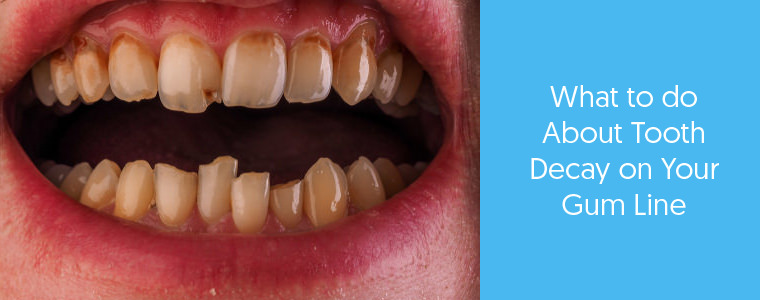
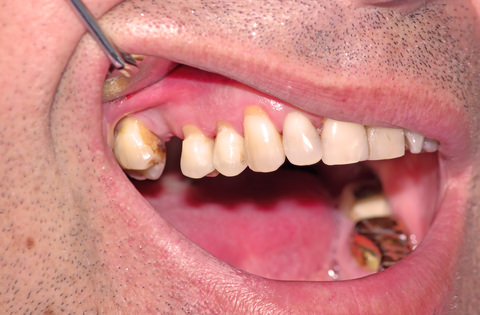
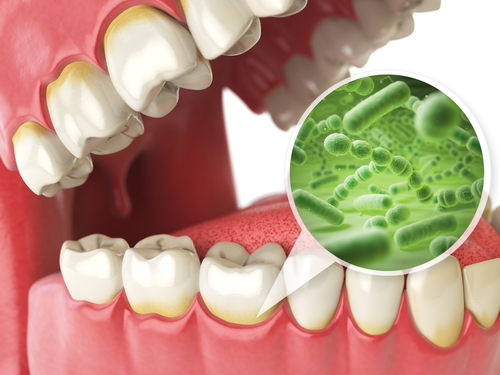
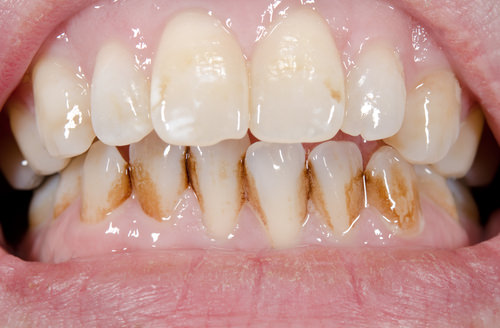
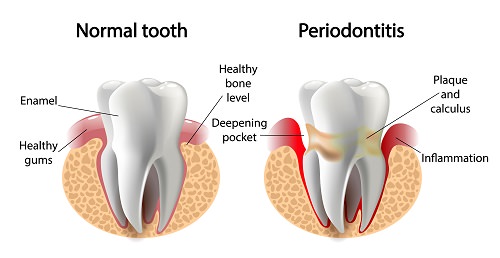
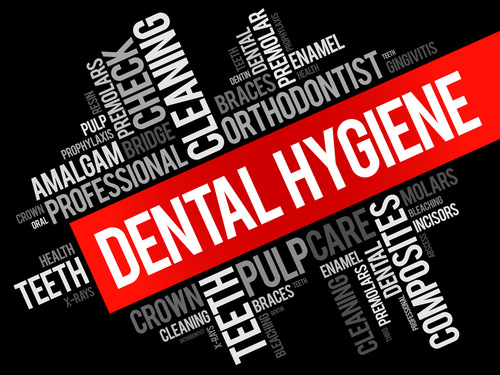



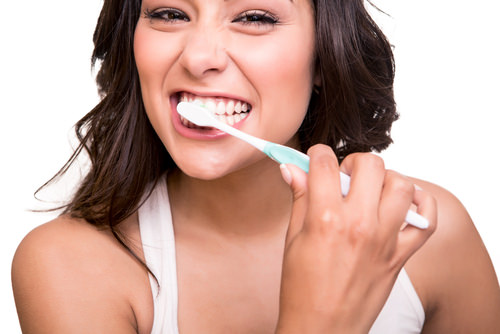
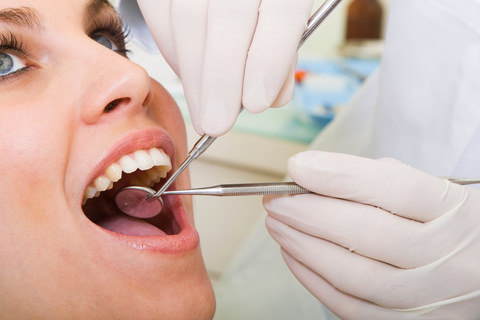
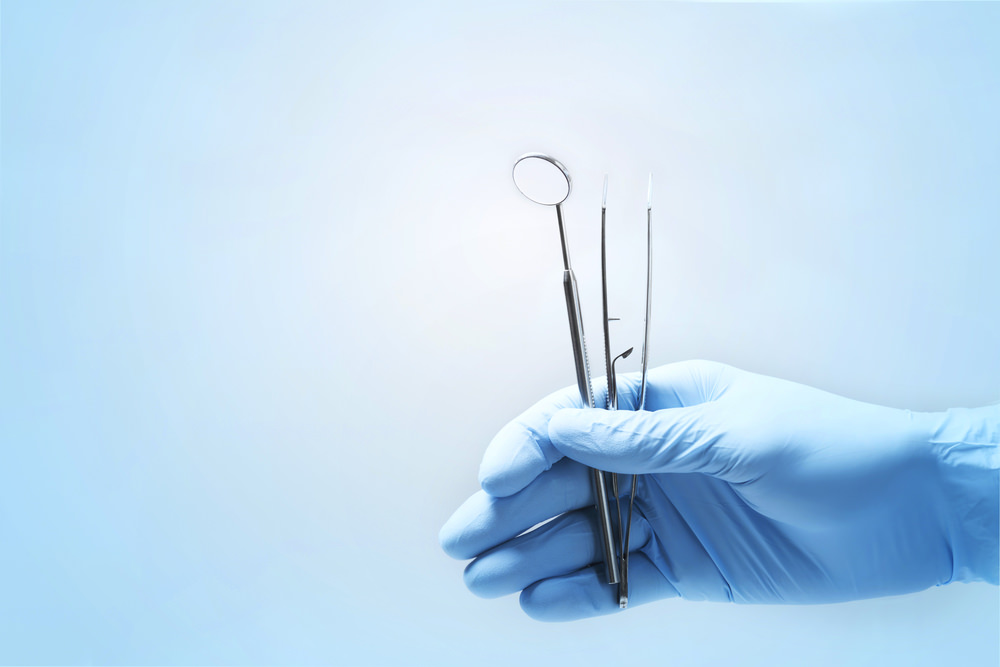

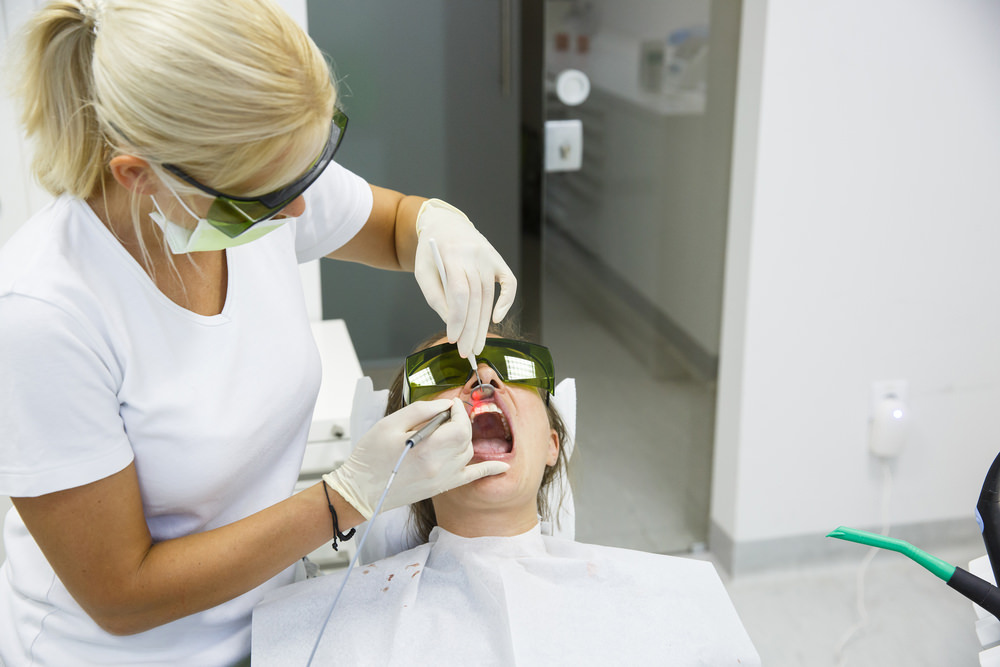
Zahnmedizin Dillingen6 years ago
very nice post, i certainly love this website, keep on it